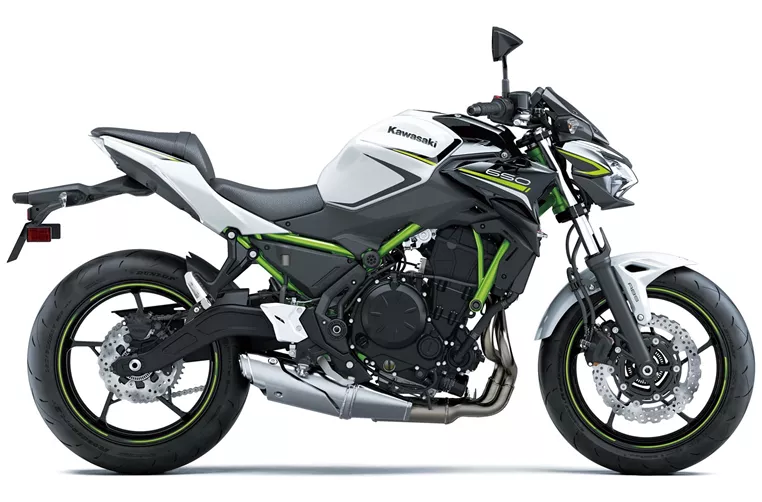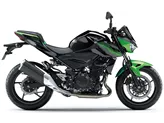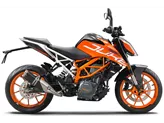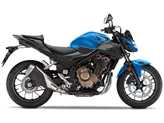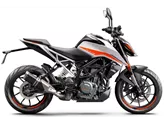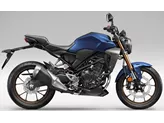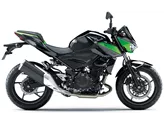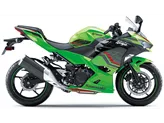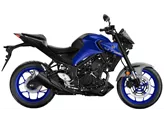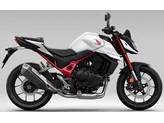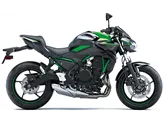Kawasaki Z650 2020 vs. Kawasaki Z 400 2019
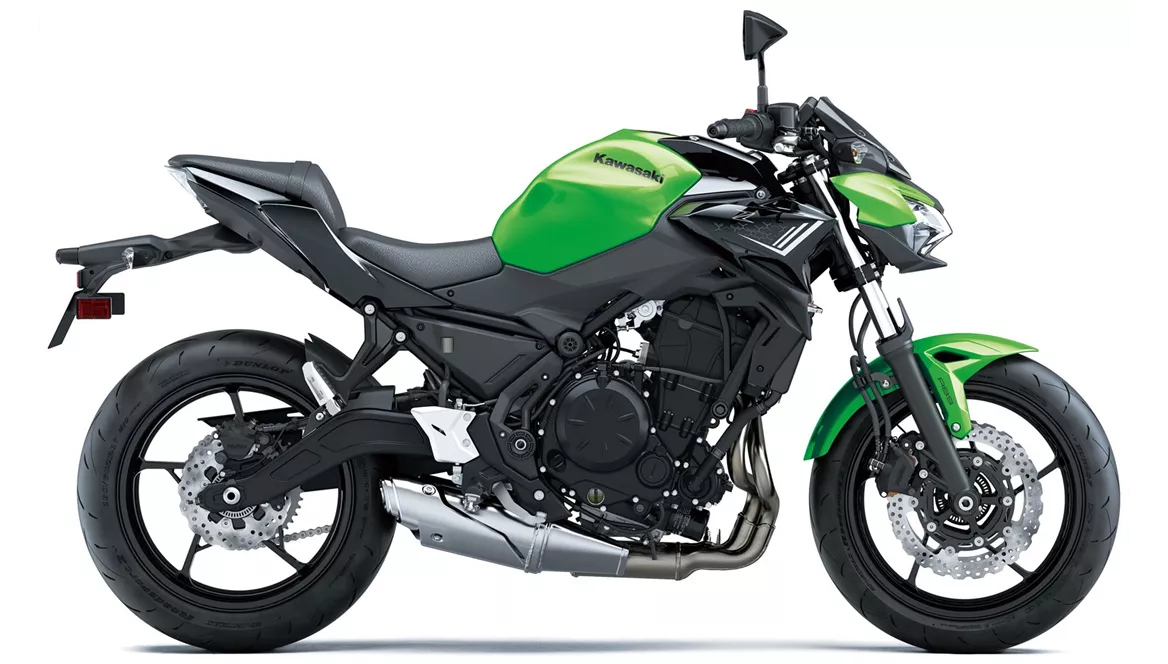
Kawasaki Z650 2020

Kawasaki Z 400 2019
Overview - Kawasaki Z650 2020 vs Kawasaki Z 400 2019
The Kawasaki Z650 2020 and the Kawasaki Z 400 2019 are both naked bikes with similar engine types, fuel systems, cooling systems, and suspension setups. However, there are several key differences between the two models.
In terms of engine power, the Kawasaki Z650 2020 has a significant advantage over the Z 400 2019. With 68.2 HP, the Z650 offers a more powerful and thrilling riding experience compared to the Z 400's 45 HP. The Z650 also has a higher torque of 65.7 Nm, providing better acceleration and responsiveness.
Both bikes feature a steel tubular frame, ensuring stability and durability. However, the Z650 has a slightly longer wheelbase of 1410 mm compared to the Z 400's 1370 mm. This may result in improved stability and handling at higher speeds for the Z650.
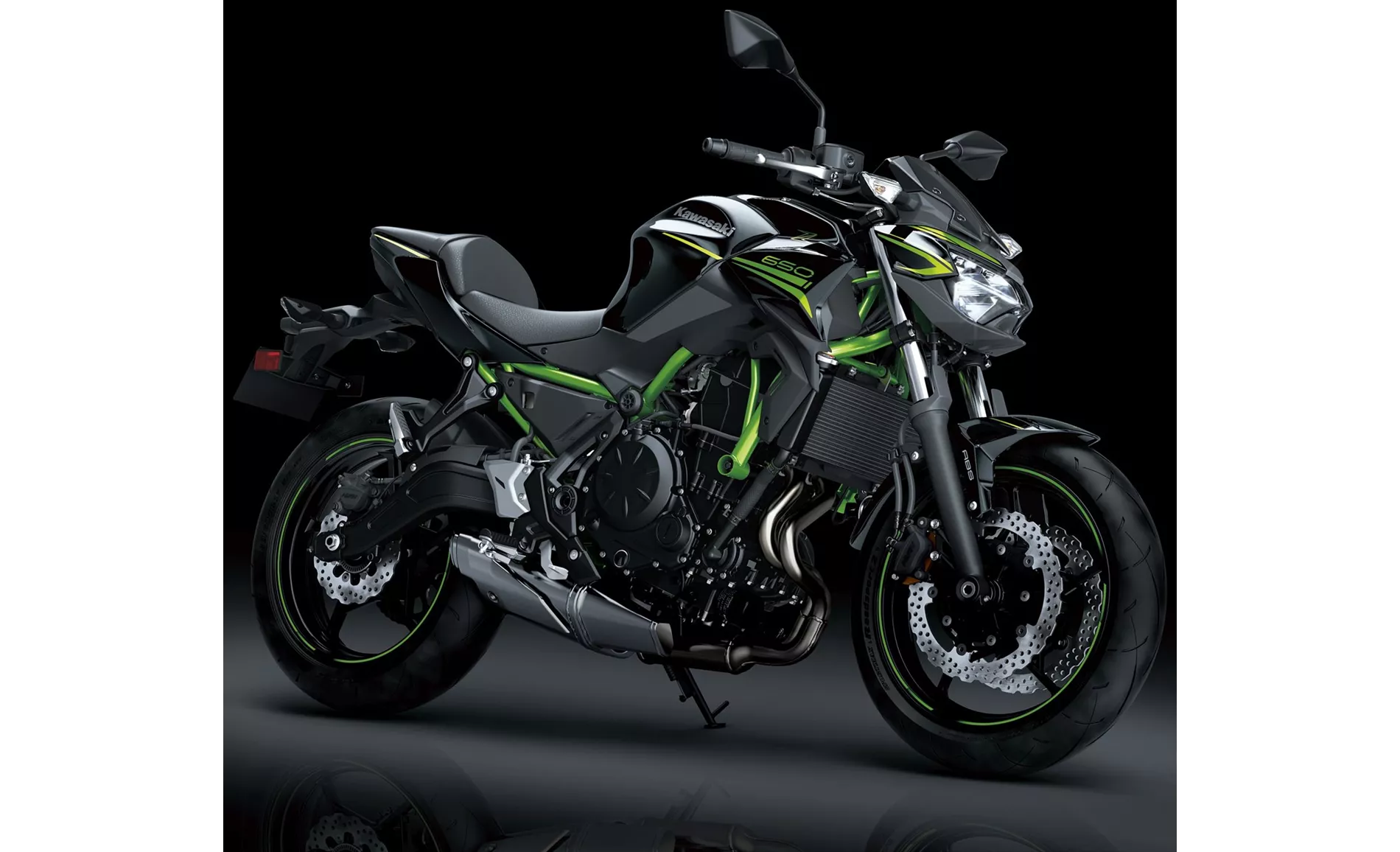
Kawasaki Z650 2020
In terms of braking performance, the Z650 2020 has double disc brakes on the front with a diameter of 300 mm, while the Z 400 2019 has a single disc brake with a larger diameter of 310 mm. Both models use double piston technology and petal discs for efficient and reliable braking. However, the larger diameter of the Z 400's front brake may provide slightly better stopping power.
Both bikes are equipped with ABS, which is an advanced rider assistance system that enhances safety by preventing wheel lock-up during braking. This feature is particularly beneficial for novice riders or those who may encounter emergency braking situations.
In terms of dimensions and weights, the Z650 2020 has a slightly wider front tire width of 120 mm compared to the Z 400's 110 mm. The Z650 also has a larger fuel tank capacity of 15 liters compared to the Z 400's 14 liters. However, the Z 400 is lighter with a kerb weight of 167 kg, whereas the Z650 weighs 187.1 kg with ABS.

Kawasaki Z 400 2019
In terms of ergonomics, the Z650 2020 has a lower seat height of 790 mm, making it more accessible for riders with shorter inseams. The Z 400 2019 has a slightly lower seat height of 785 mm. Both bikes offer a comfortable seating position, but the Z650 may be less comfortable for taller riders due to its compact dimensions.
In terms of additional features, the Z650 2020 boasts a TFT display with connectivity, allowing riders to access various information and features through their smartphones. The Z 400 2019 does not have this feature. However, the Z 400 has non-adjustable clutch and brake levers, which may be a drawback for riders who prefer personalized ergonomics. The Z650 also has the Rideology App, although it may not be as sophisticated as expected.
In summary, the Kawasaki Z650 2020 excels in terms of engine power, compact dimensions, and additional features such as the TFT display with connectivity. It offers a more thrilling and grown-up riding experience. On the other hand, the Kawasaki Z 400 2019 is lighter, making it more suitable for novice riders. It also has a great power delivery and a good seating position. However, it lacks some adjustable features found on the Z650.
Technical Specifications Kawasaki Z650 2020 compared to Kawasaki Z 400 2019
Pros and Cons in comparison
Pros and Cons in comparison
Kawasaki Z650 2020
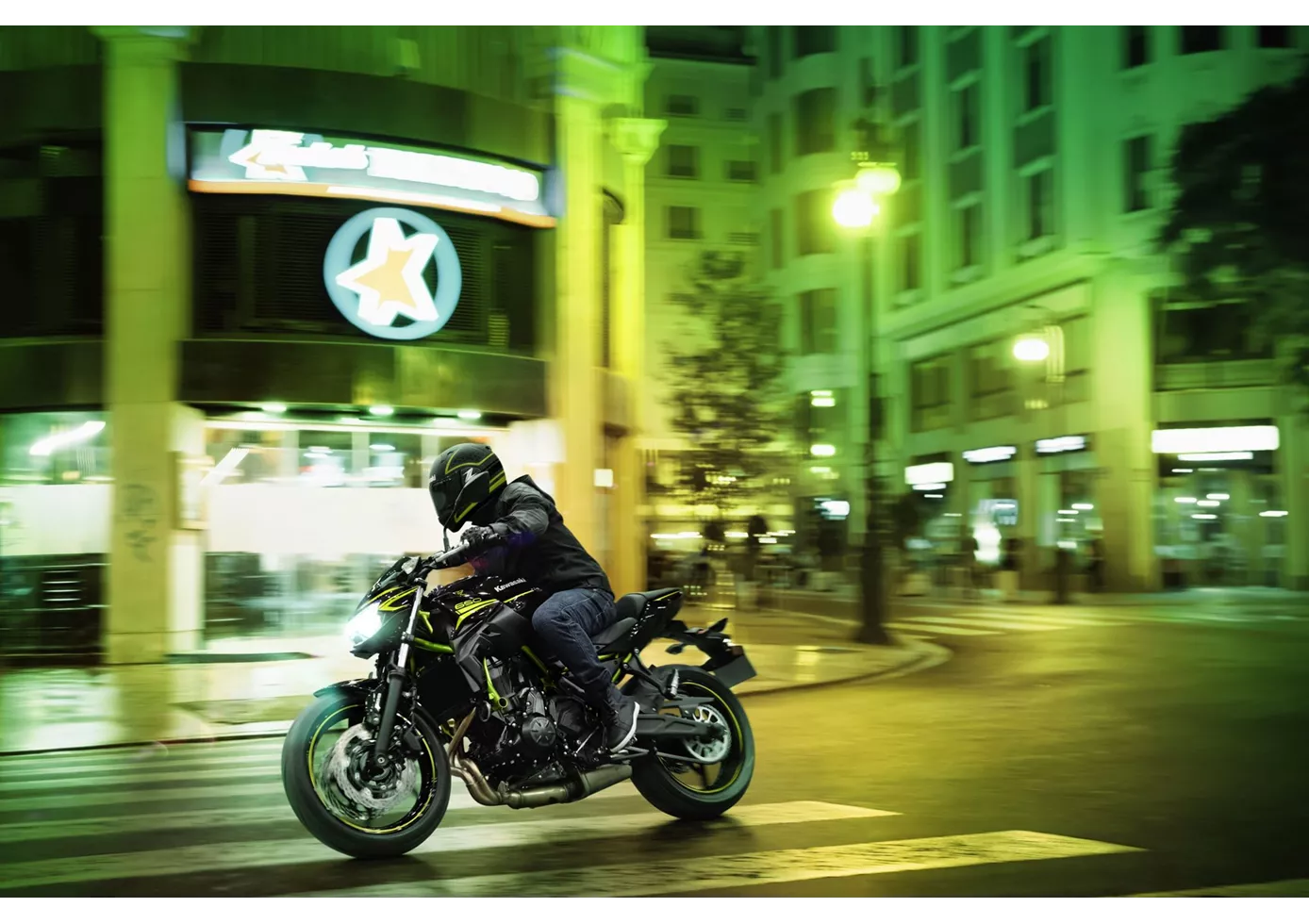
It's simply marvellous what Kawasaki has put together in a complete package with the new Z650. The technical components may not knock your socks off individually, but in combination they make for a pleasantly neutral motorbike that everyone will enjoy. No bitchy idiosyncrasies - simply a naked bike that works really well on winding country roads. Of course, the TFT display, which we don't find in the competition at the moment, is a plus, as is the grown-up look, which is strongly oriented towards the larger Z models. Only the pressure point of the front brake could have been more clearly defined - but you can't have everything in this price range.
Kawasaki Z 400 2019

The Kawasaki Z400 is definitely a great evolution of its predecessor, the Z300. More power, less weight - all around, simply an even better bike. Above all, the linear power delivery and excellent handling make the Z400 an ideal entry-level bike. The ease of clutch operation and good chassis set-up are also in this vein, which is why the Z400 can be recommended to novice riders without hesitation.
Price Comparison Avarage Market Price Kawasaki Z650 vs Kawasaki Z 400
There are a few key differences between a Kawasaki Z650 2020 and a Kawasaki Z 400 2019. In terms of price, the actual average price of a Kawasaki Z650 2020 is about 32% higher. A Kawasaki Z650 2020 experiences a loss of 30 GBP in one year of ownership. This is offset by a loss of 270 GBP for a Kawasaki Z 400 2019. Compared to Kawasaki Z 400 2019 there are more Kawasaki Z650 2020 bikes available on the 1000PS.de Marketplace, specifically 21 compared to 6. It takes less time to sell a Kawasaki Z650 with 80 days compared to 99 days for a Kawasaki Z 400. Since model year 2017 1000PS.de editors have written 31 reviews for the Kawasaki Z650 and 8 reviews for the Kawasaki Z 400 since model year 2019. The first review for the Kawasaki Z650 was published on 08/11/2016 and now has more than 25,000 views. This compares to more than 23,200 views for the first review on Kawasaki Z 400 published on 02/10/2018.
